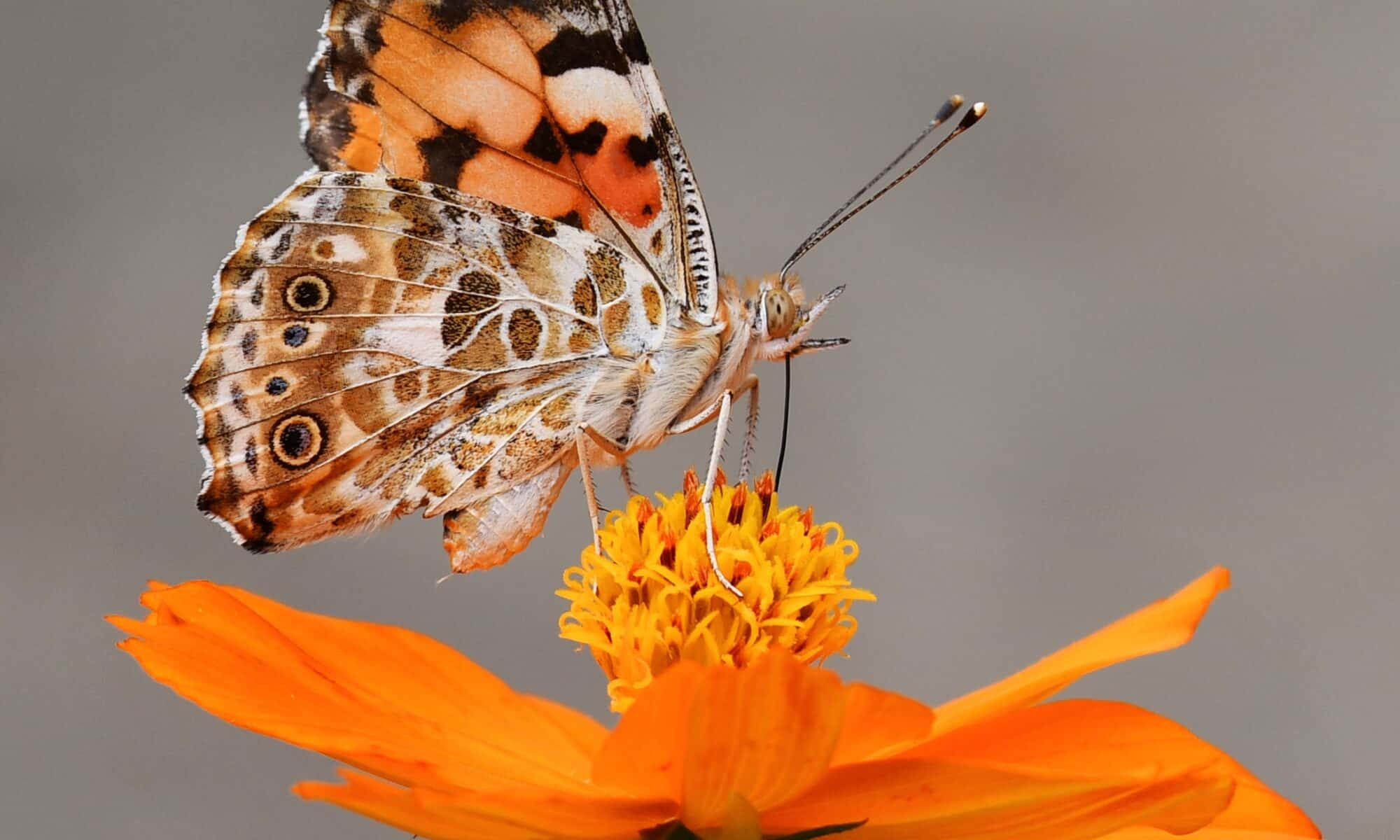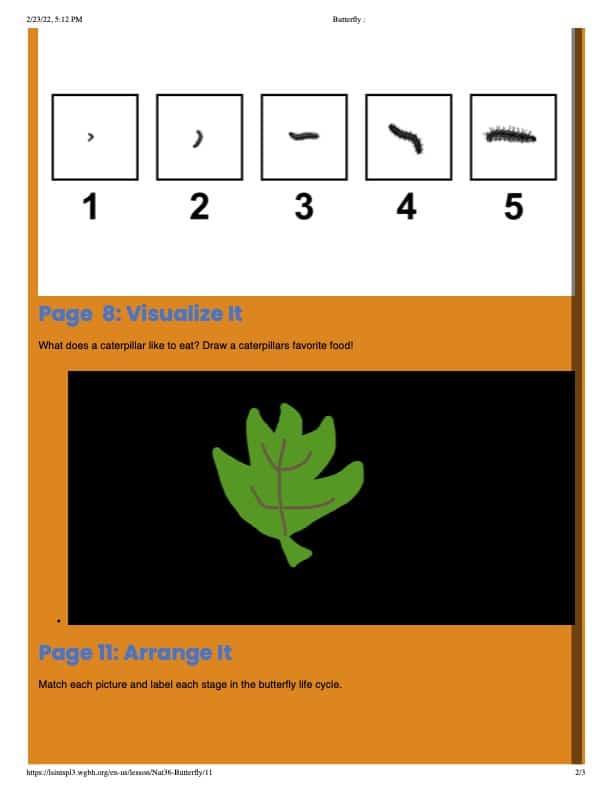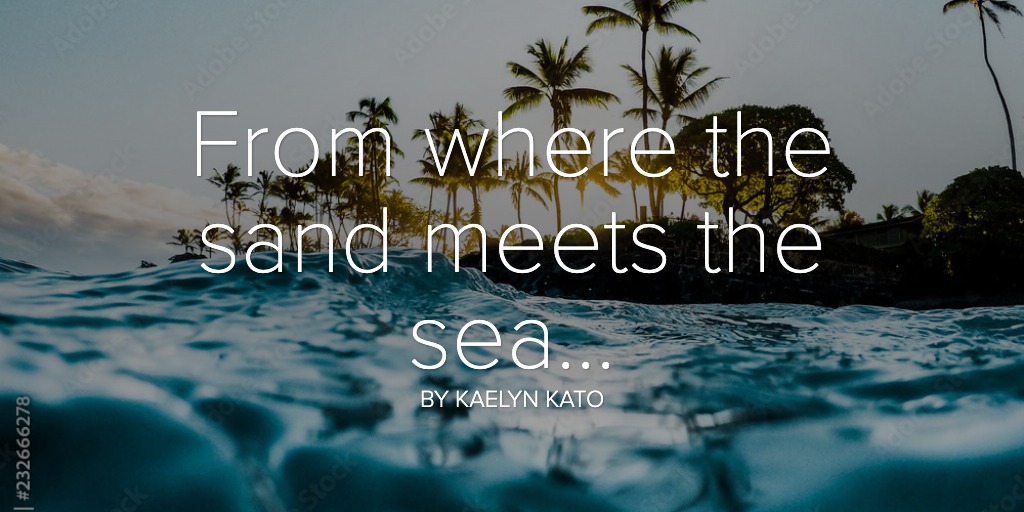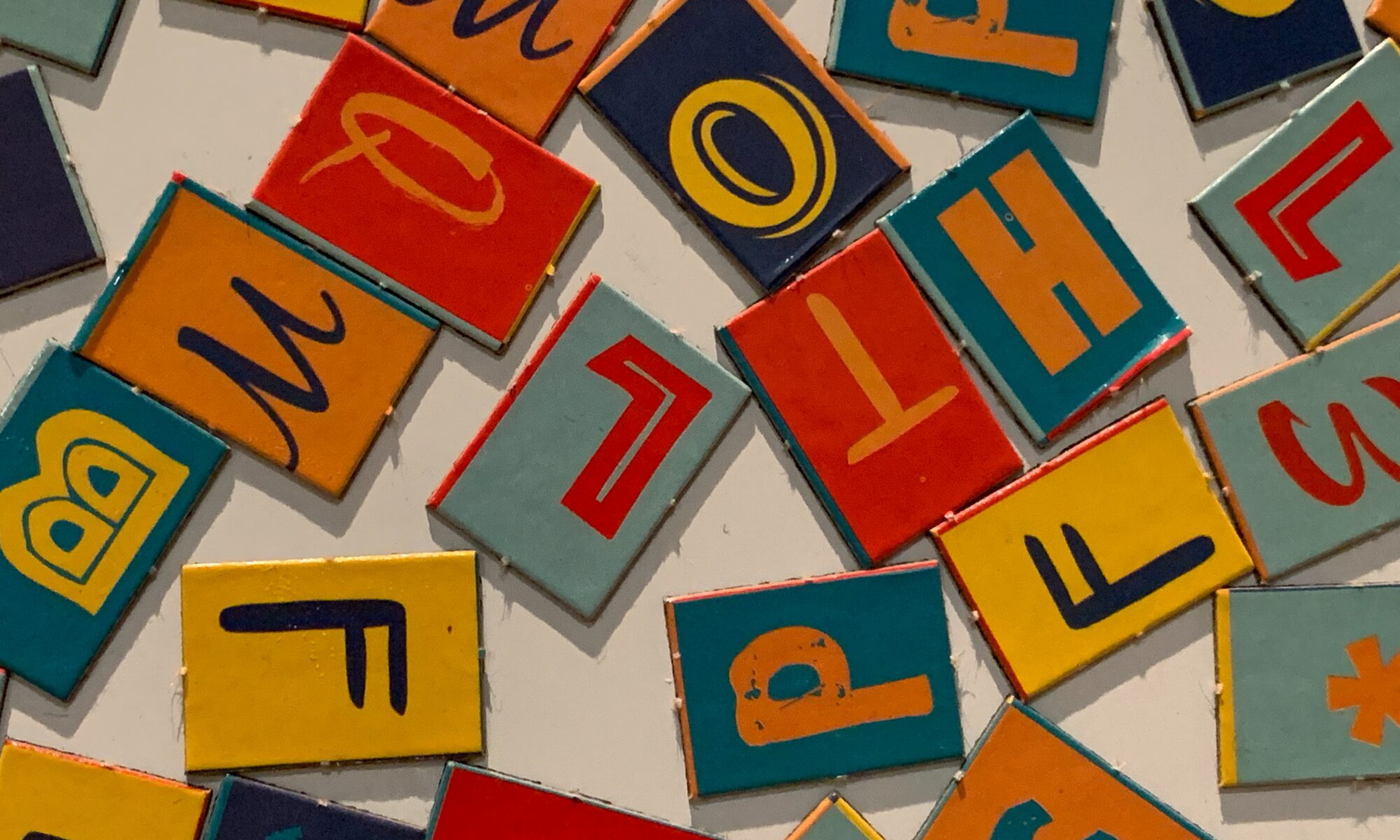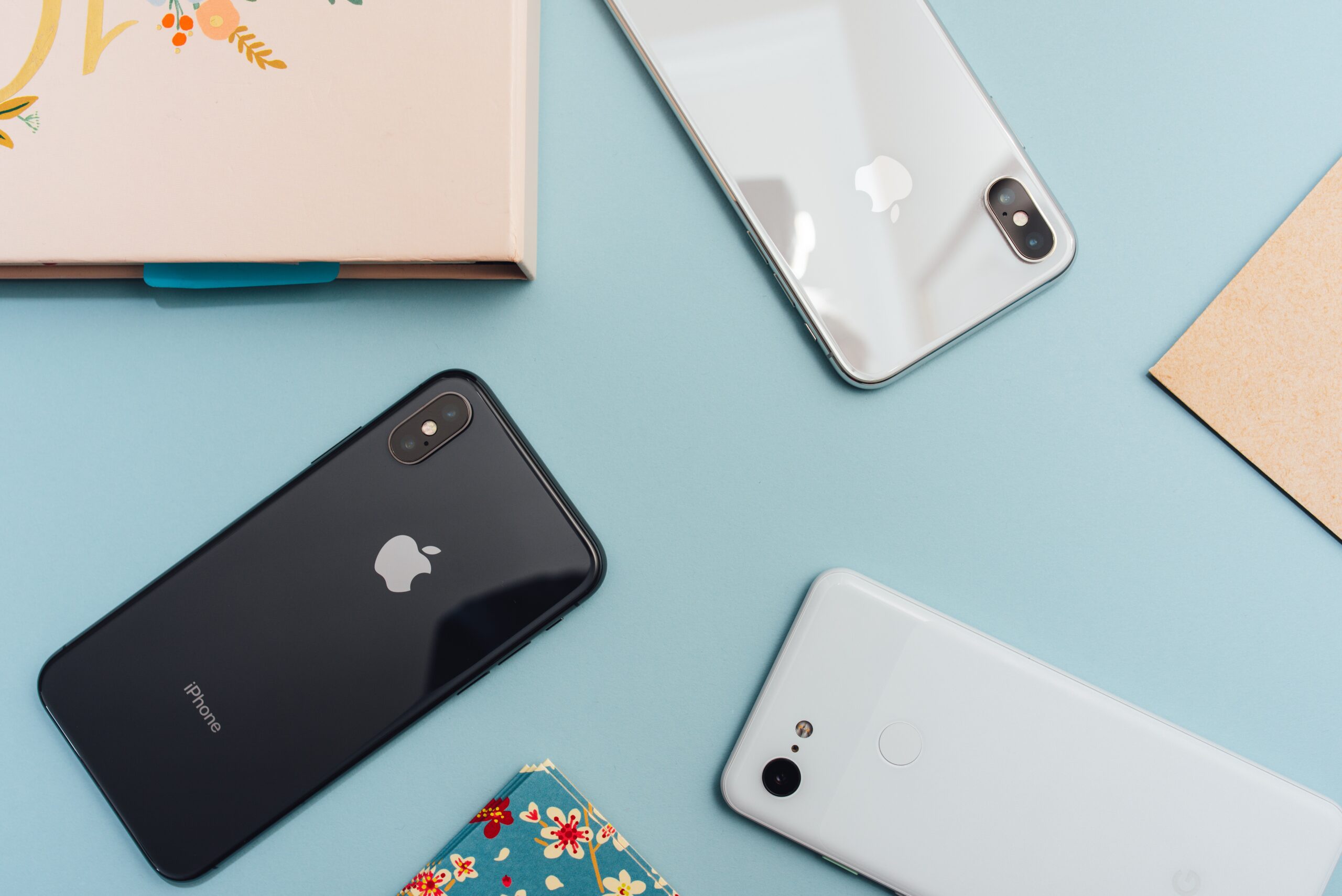Image by Monica Sedra on Unsplash
During this last semester, I have learned so many new ways to incorporate technology into my teaching. It has helped me with being more creative in the way I come up with new lesson ideas for my future students. This ED 424 class is such a valuable course in relation to my future as an educator, and has even helped me grow with personal use of technology as well! Looking back on this year, my view on technology in the classroom has changed quite a bit. I now see how valuable technology truly is in the classroom and the many benefits it can have on our students. Below are just some of the ways I have integrated technology into my teaching practice!
Use WordPress to create a fun Math activity!
A fun lesson for Kindergarten Math. Learn about numbers and practice counting by looking at different pictures!
Use Google Jamboard as an exit ticket!
This exit ticket is all about phonics. A great way for students to demonstrate their understanding after a lesson is taught.
Use Edpuzzle to create an interactive video!
I created this Edpuzzle for students to learn and identify solid shapes and their features!
Use BookCreator to make a book to read to your students!
Take a look at the book I created using BookCreator to learn about Sneaky Silent ‘e’ and all of the adventures they take us on!
Ways I want to implement technology in my future classroom:
- Create a Google Site as a ‘meet and greet’ for students and parents
- Find fun ways to incorporate technology in everyday routines
- Experiment with new technology outlets and discover new tools to use in the classroom!











